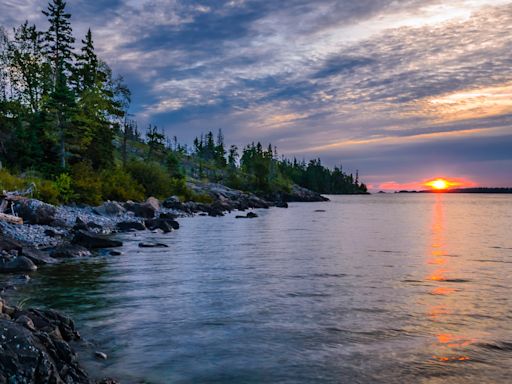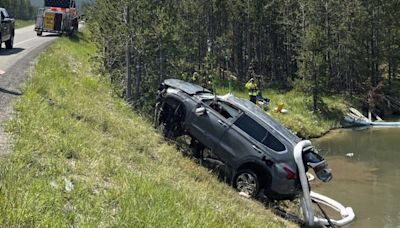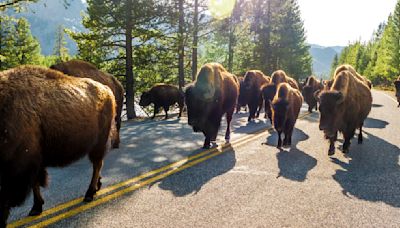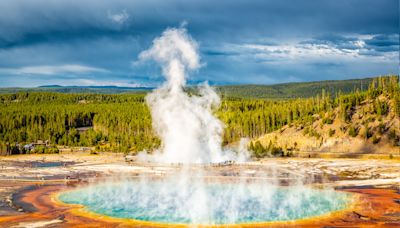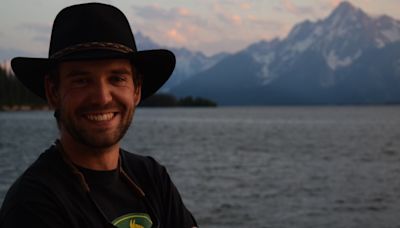Ad
related to: yellowstone national parkYellowstone National Park are Selling Out Fast. Book Now to Avoid Disappointment. Quick & Easy Purchase Process! Full Refund Available up to 24 Hours Before Your Tour Date
- Explore By Destination
Find Inspiration for Your Trip
Do more with Viator
- Plan Trips With Our App
Search And Book Unforgettable
Things To Do, Any Time Any Where
- Explore By Destination
Search results
Yellowstone National Park spans an area of 3,468.4 sq mi (8,983 km 2 ), [3] comprising lakes, canyons, rivers, and mountain ranges. [11] Yellowstone Lake is one of the largest high-elevation lakes in North America and is centered over the Yellowstone Caldera, the largest super volcano on the continent.
Learn about the world's first national park, its geysers, wildlife, and activities. Find current conditions, operating dates, fees, lodging, camping, and safety tips.
- PO Box 168, Yellowstone National Park, 82190-0168, WY
- No Vehicle Reservations Required. Vehicle reservations are not required to enter the park – just a park entrance pass. Save time at entrance stations by purchasing your pass online before you arrive.
- Check Road Statuses. Most park roads open to regular vehicles in mid-April and close to wheeled vehicles (cars, vans, motorcycles, etc.) in early November.
- Plan Ahead. All campgrounds and lodging require a reservation and are usually fully well in advance of your trip. Operating hours and service levels can change with little notice.
- Give Wildlife Room. Wild animals are dangerous if you get too close! People have been injured or killed by bears, bison, and elk. Always maintain a minimum of 25 yards (23 m) from all wildlife and 100 yards (91 m) from bears and wolves.
- Overview
- Geology
Yellowstone National Park, the oldest, one of the largest, and probably the best-known national park in the United States. It is situated principally in northwestern Wyoming and partly in southern Montana and eastern Idaho and includes the greatest concentration of hydrothermal features in the world. The park was established by the U.S. Congress on...
Yellowstone is situated in a region that has been volcanically and seismically active for tens of millions of years. Tectonic movement of the North American Plate has thinned Earth’s crust in the area, forming a hot spot (a place where a dome of magma, or molten rock, comes close to the surface). About 2.1 million years ago a subsurface magma dome that had been building up in the Yellowstone area blew up in one of the world’s most cataclysmic volcanic eruptions. Some 600 cubic miles (2,500 cubic km) of rock and ash were ejected, equivalent to about 6,000 times the amount of volcanic material that was released during the eruption of Mount Saint Helens in 1980. (Observations made in the early 21st century indicated that this single eruption actually consisted of two events about 6,000 years apart: one very large and a second much smaller one. Subsequent massive eruptions occurred about 1,300,000 and 640,000 years ago—the last event (consisting in large part of lava flows) producing about two-fifths as much material as the first one.
Each of those eruptions caused the magma dome that had built up to collapse as its contents were released, leaving an enormous caldera. The present-day Yellowstone Caldera, the product of the third eruption, is a roughly oval-shaped basin some 30 by 45 miles (50 by 70 km) that occupies the west-central portion of the national park and includes the northern two-thirds of Yellowstone Lake. Two resurgent magma domes—one just north of and the other just west of Yellowstone Lake—have been forming in the caldera, and the western dome underlie many of the park’s best-known hydrothermal features.
The Yellowstone region is also extremely active seismically. A network of faults associated with the region’s volcanic history underlies the park’s surface, and the region experiences hundreds of small earthquakes each year. The great majority of those quakes are of magnitude 2.0 or less and are not felt by people in the area, but occasionally a more powerful temblor will strike in the region and have effects in the park. One such event, a deadly quake that struck in 1959 in southern Montana just outside the northwestern corner of the park, affected a number of hydrothermal features in Yellowstone, including its iconic geyser, Old Faithful.
Britannica Quiz
People also ask
Why should you visit Yellowstone National Park?
When was Yellowstone National Park established?
What do you know about Yellowstone National Park?
Where is Yellowstone National Park?
Apr 12, 2019 · Learn what to see and do in the world's first national park, from geysers and canyons to wildlife and trails. Find tips on the best views, hikes, and spots for spotting bison, elk, grizzlies, and more.
Jun 16, 2020 · Learn about the history, geology, wildlife, and attractions of Yellowstone, the first national park in the U.S. Find tips, maps, and photos to plan your trip.
From a basic understanding of the park’s geologic features and wildlife, to its equally vast cultural and historical resources, this Yellowstone Facts page will give you an overview of all that encompasses Yellowstone National Park.
